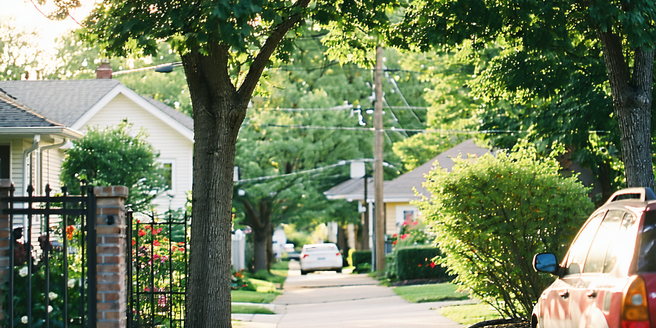Apartment Hunting: Researching Neighborhoods

Understanding Neighborhood Demographics
Understanding the demographics of a potential neighborhood is crucial for finding the right fit. Demographics offer insights into the community’s age distribution, family structures, education levels, and cultural diversity. These factors can greatly influence lifestyle compatibility. For instance, young professionals might prefer areas with a lively social scene, while families may seek neighborhoods with reputable schools and parks. By examining census data, local government reports, and community surveys, prospective renters can build a demographic profile of the area. This helps in anticipating future neighborhood trends and ensures the environment aligns with personal preferences and values. It’s important to also consider how these demographics might change over time, potentially impacting your living experience now and in the future.
Evaluating Local Amenities and Services
When choosing a neighborhood, evaluating local amenities and services can significantly impact the quality of life. Essential amenities include grocery stores, restaurants, parks, fitness centers, and healthcare facilities. Proximity to these conveniences can save time and travel costs, enhancing daily living. Furthermore, the quality of local schools, libraries, and community centers can be pivotal for families and lifelong learners. Researching public transportation options, such as bus or train services, adds another layer of consideration for ease of commute. By examining both current and planned amenities, future residents can gauge the area’s livability and community investment. This evaluation will ensure that daily needs and lifestyle preferences can be met comfortably within the chosen neighborhood.
Assessing Safety and Crime Rates
Safety is a critical factor when selecting a neighborhood, as it directly impacts residents’ peace of mind and wellbeing. Evaluating crime rates through official statistics or local police department reports is essential. These resources provide information on both violent and non-violent crimes, offering a comprehensive understanding of neighborhood safety. Additionally, attending local community meetings or engaging with neighborhood watch programs can offer valuable insights into current safety concerns and preventive measures in place. While statistical data is crucial, firsthand observations during different times of the day and night can help assess street lighting, pedestrian traffic, and overall vibrancy. A safe neighborhood fosters a sense of security and can improve the overall quality of life for you and your family.
Exploring Transportation and Accessibility
Exploring transportation options and accessibility is a key step in neighborhood research, as it influences daily travel and convenience. Consider the availability and efficiency of public transit systems, such as buses, subways, or trains, which can affect commute times and ease of access to work or leisure activities. Additionally, check for the presence of bike lanes and pedestrian-friendly pathways to promote sustainable transit options. For those who drive, assess the availability of parking and the state of local roads. Accessibility to major highways can be a boon for regional travel, but conversely, can mean higher noise levels or traffic congestion. Ultimately, a well-connected neighborhood facilitates better mobility and can greatly enhance your living experience.
Considering Future Development Plans
Before settling on a neighborhood, it’s crucial to consider its future development plans, as these can transform the area and influence property values and lifestyle. Beyond just visiting the area, it’s beneficial to speak with current residents about their experiences and thoughts on the neighborhood’s future. Research local government and city planning websites to understand any upcoming projects, such as new residential buildings, commercial spaces, or infrastructure upgrades. These developments could offer more amenities and improve property worth, but could also result in increased noise, traffic, and changing neighborhood dynamics. Community forums or meetings often provide a platform for residents to discuss these plans and voice concerns or support. Understanding potential changes helps residents anticipate the neighborhood’s trajectory, ensuring that their choice aligns with personal and investment goals for the foreseeable future.